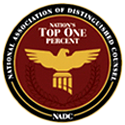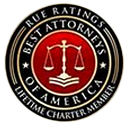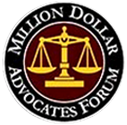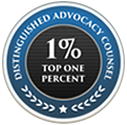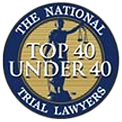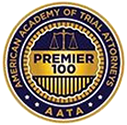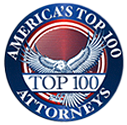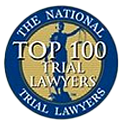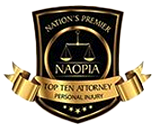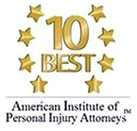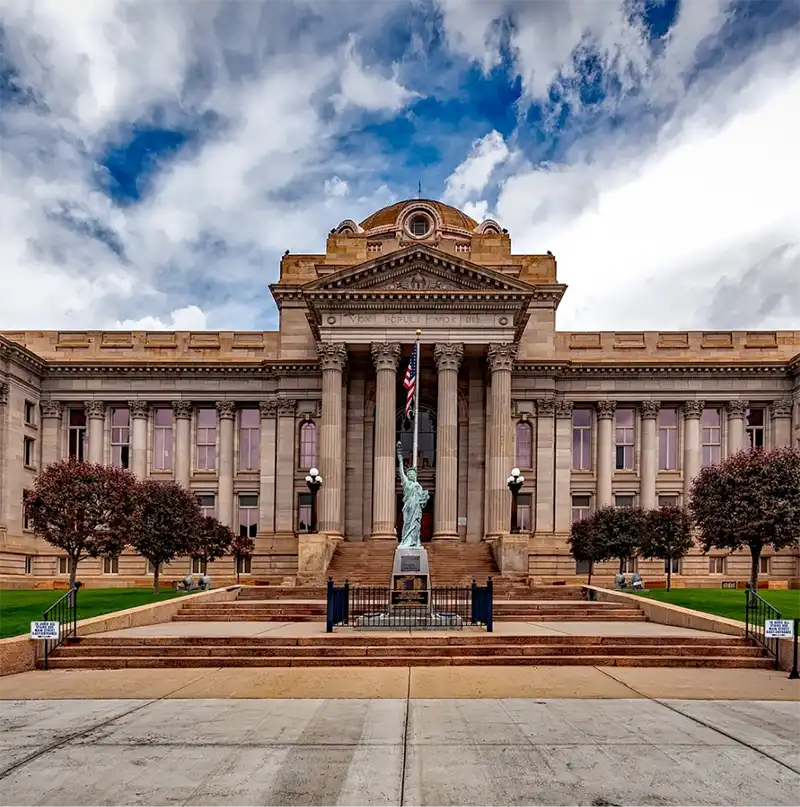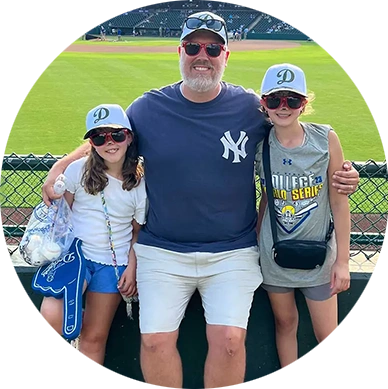When you slip and fall on someone else’s property, the aftermath can leave you injured and facing mounting medical bills. The question that weighs heavily on your mind is simple: Who is liable in a slip and fall accident? The answer depends on several factors that Philadelphia courts examine carefully when determining fault and financial responsibility.
Slip and fall accidents happen more frequently than most people realize. Each year, thousands of Philadelphia residents suffer injuries from these incidents in grocery stores, restaurants, office buildings, and private residences. The physical pain is immediate, but the legal questions that follow can be just as overwhelming. At Gibbons & Crichton, our Philadelphia slip and fall lawyers understand the complexity of determining liability in a slip and fall case and are willing to fight for the compensation you deserve.
The Foundation of Slip and Fall Liability
Property owners have a legal duty to maintain safe conditions for visitors. This responsibility forms the cornerstone of slip and fall liability cases in Pennsylvania. When property owners fail to address dangerous conditions or warn visitors about potential hazards, they may face legal consequences.
The law recognizes different types of visitors, and each category receives varying levels of protection. Invitees, such as customers in stores, receive the highest level of care. Licensees, like social guests in homes, get moderate protection.
Trespassers typically receive minimal legal protection, though exceptions exist.
In determining who is liable in a slip and fall accident case, Philadelphia courts examine the specific circumstances surrounding each accident. They look at what the property owner knew about dangerous conditions, how long those conditions existed, and whether reasonable steps were taken to address them. These details often determine the outcome of slip and fall cases.
Common Causes That Lead to Liability
Several factors contribute to slip and fall accidents across Philadelphia properties. The most frequent hazardous conditions include:
- Wet floors from recent mopping, leaking pipes, or tracked-in rain
- Uneven sidewalks, cracked pavement, and poorly maintained stairs
- Poor lighting in hallways, stairwells, and parking areas
- Ice and snow accumulation during Philadelphia winters
- Torn carpeting, loose floorboards, and debris left in walkways
These conditions create slippery surfaces that catch visitors off guard and pose significant hazards to anyone walking through the area.
Property owners must address these conditions promptly. The longer a dangerous condition exists without correction, the stronger the case becomes for establishing liability. Courts want to see evidence that property owners took reasonable steps to identify and fix hazardous conditions.
Types of Properties and Their Liability Standards
Different property types face varying liability standards in Philadelphia slip and fall cases. Commercial properties such as:
- Retail stores and shopping centers
- Restaurants and bars
- Office buildings and medical facilities
These businesses invite customers onto their premises for profit, creating the highest duty of care.
They must regularly inspect their properties, quickly clean up spills, and warn customers about temporary hazards.
Residential properties, including apartment buildings and private homes, have different standards.
Landlords must maintain common areas like hallways, stairwells, and parking lots. However, they typically have less responsibility for accidents in individual units, unless they knew about specific dangerous conditions.
Government properties present unique challenges. Philadelphia and Pennsylvania have specific procedures for filing claims against government entities. These cases often involve strict deadlines and special requirements that differ from typical slip and fall lawsuits.
How to Prove a Slip and Fall Case
Proving slip and fall liability requires demonstrating several key elements. First, you must show that the property owner had a duty to keep the premises reasonably safe. Second, you need evidence that they breached this duty through action or inaction. Third, you must prove that this breach directly caused your accident and injuries.
Documentation plays a crucial role in building a strong case. Essential evidence includes:
- Photographs of the accident scene, your injuries, and the dangerous condition
- Witness statements from people who saw the accident occur
- Medical records linking your injuries to the fall
- Incident reports filed with property managers or business owners
- Security camera footage, when available
- Weather reports for outdoor accidents involving ice or rain
These pieces of evidence create a comprehensive picture of what happened and establish the connection between the property owner’s negligence and your injuries.
The Role of Comparative Negligence
Pennsylvania follows a comparative negligence system that can reduce your compensation based on your contribution to the accident. If you were texting while walking, wearing inappropriate footwear, or ignoring obvious warning signs, the court may assign you partial blame.
This system does not automatically prevent you from recovering damages. As long as your percentage of fault remains below 51 percent, you can still receive compensation. However, your award gets reduced by your percentage of responsibility. For example, if you are found 20 percent at fault for a $100,000 injury, you would receive $80,000.
Courts examine your behavior leading up to the accident carefully. They consider whether a reasonable person in your situation would have acted differently. Factors like lighting conditions, your familiarity with the area, and the obviousness of the danger all influence these determinations.
Time Limits and Legal Deadlines
The statute of limitations gives you 2 years from the accident date to file your case in court. Missing this deadline usually means losing your right to seek compensation permanently.
However, certain circumstances can affect these deadlines. If you discover your injuries later, the time limit might start from the discovery date rather than the accident date. Government entity cases often have much shorter notice requirements, sometimes as brief as six months.
Medical documentation becomes increasingly important as time passes. Gaps in treatment or delayed medical care can weaken your case. Insurance companies and defense attorneys often argue that delays indicate your injuries were not serious or were caused by something other than the slip and fall.
When Property Owners Escape Liability
Not every slip and fall accident results in property owner liability. Open and obvious dangers that reasonable people would notice and avoid often do not create liability. Weather conditions like ice and snow may not establish fault if they developed naturally and recently.
Accidents involving intoxicated individuals face additional scrutiny. Courts may find that alcohol consumption contributed significantly to the fall, reducing or eliminating the property owner’s responsibility. Trespassers generally cannot recover damages unless the property owner intentionally created dangerous conditions or the trespasser was a child.
Take Action After Your Accident
Do not let slip and fall liability questions overwhelm you during this difficult time. At Gibbons & Crichton, we have the experience and dedication needed to handle your case professionally. Call us today to discuss your situation and learn about your legal options.

